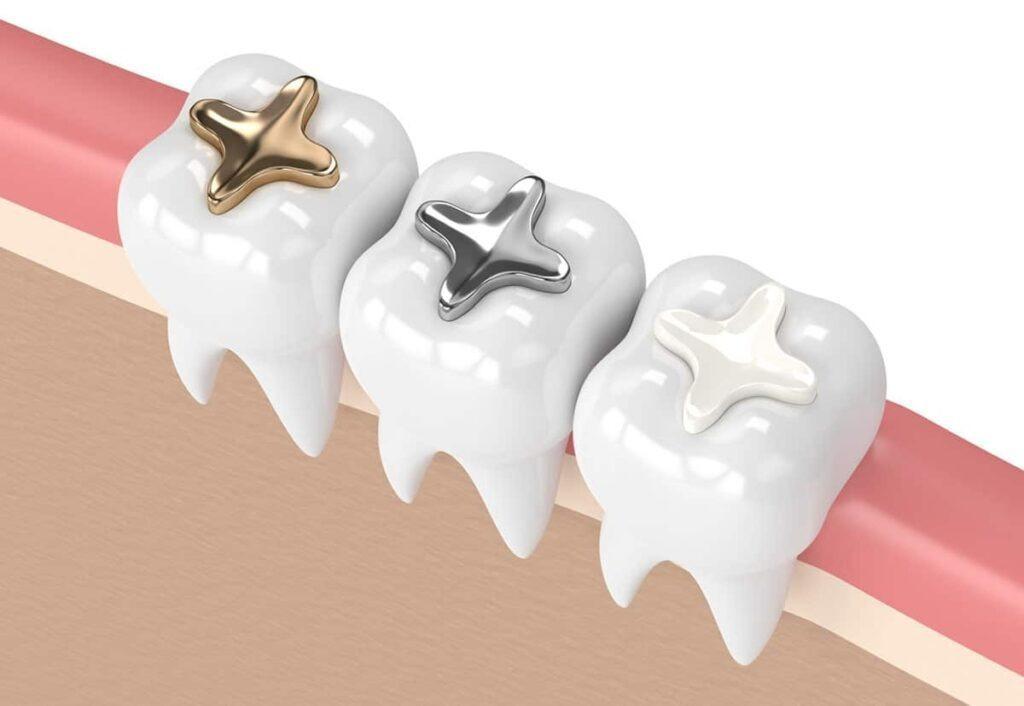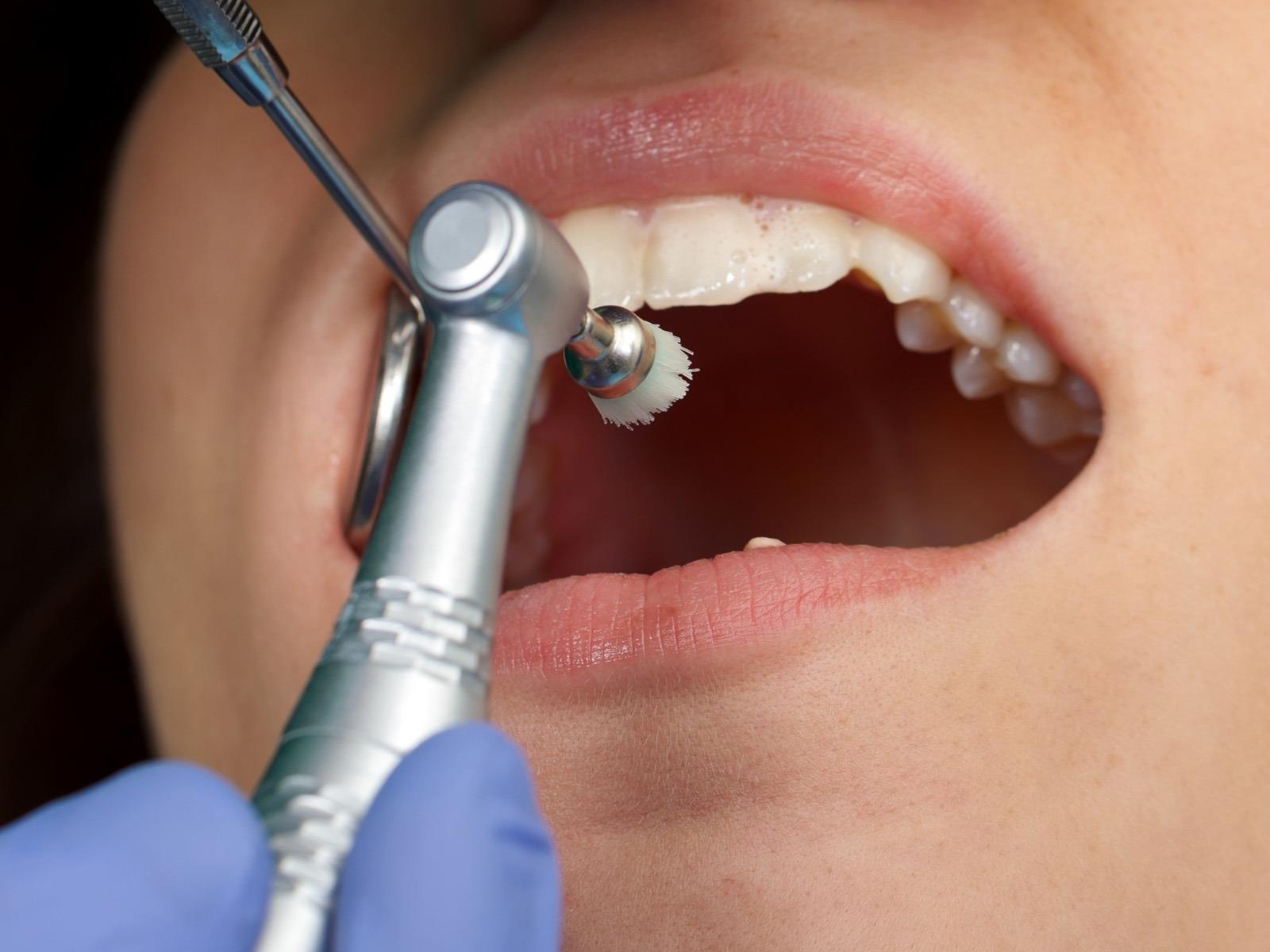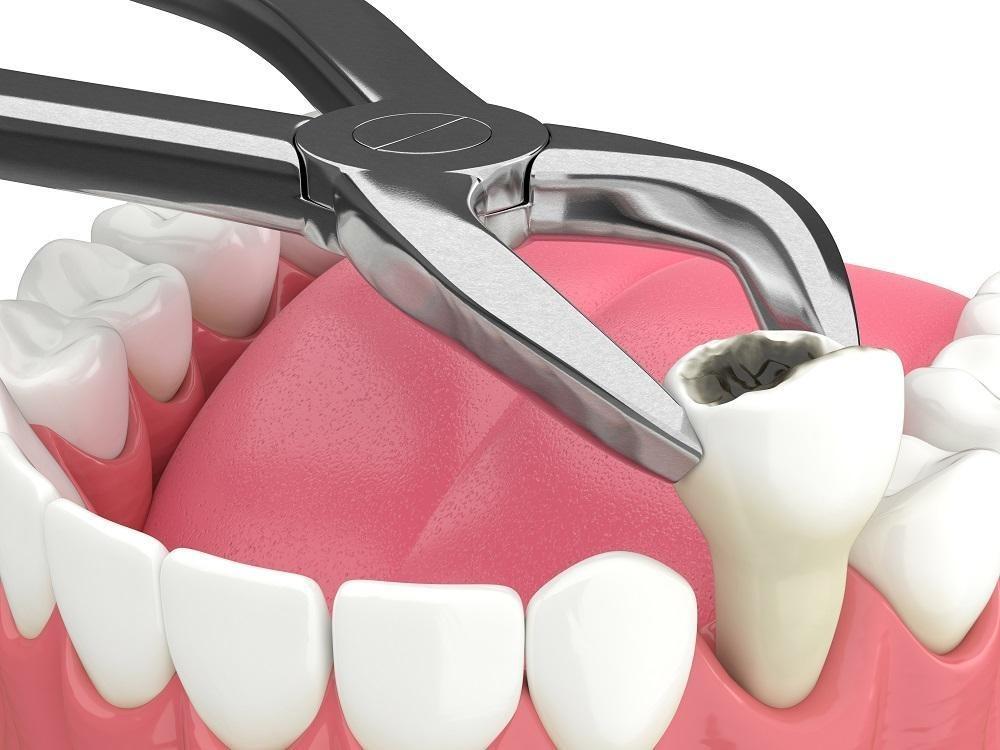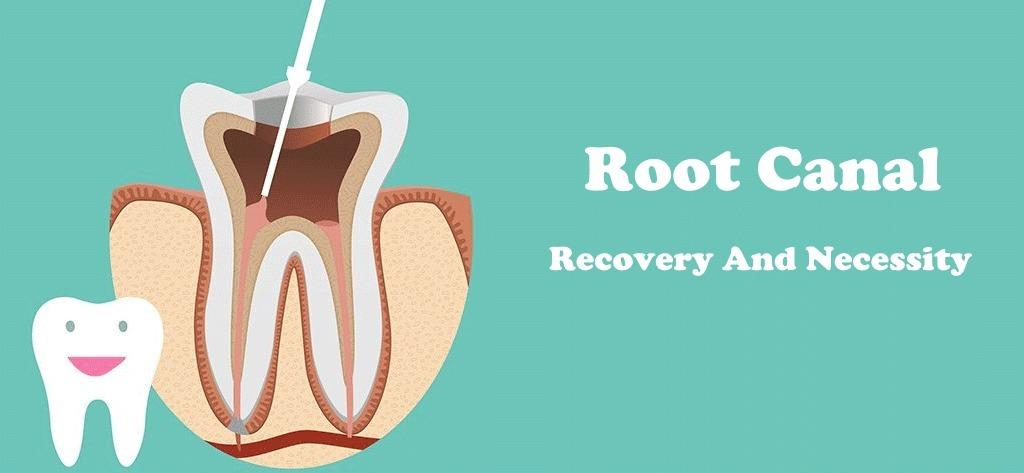Dental fillings are one of the most common restorative treatments used to repair teeth that have been damaged by decay, cracks, or wear. They help restore the tooth’s normal function, shape, and strength while preventing further deterioration. Early detection of tooth decay is crucial, as untreated cavities can progress deeper into the tooth, causing pain and leading to more extensive treatments like root canals or crowns. By recognizing the early warning signs, you can seek timely dental care and avoid major complications. This article focuses on the most common signs that indicate you may need a dental filling, helping you understand when to visit your dentist and how prompt action can preserve your oral health.
What Are Dental Fillings?
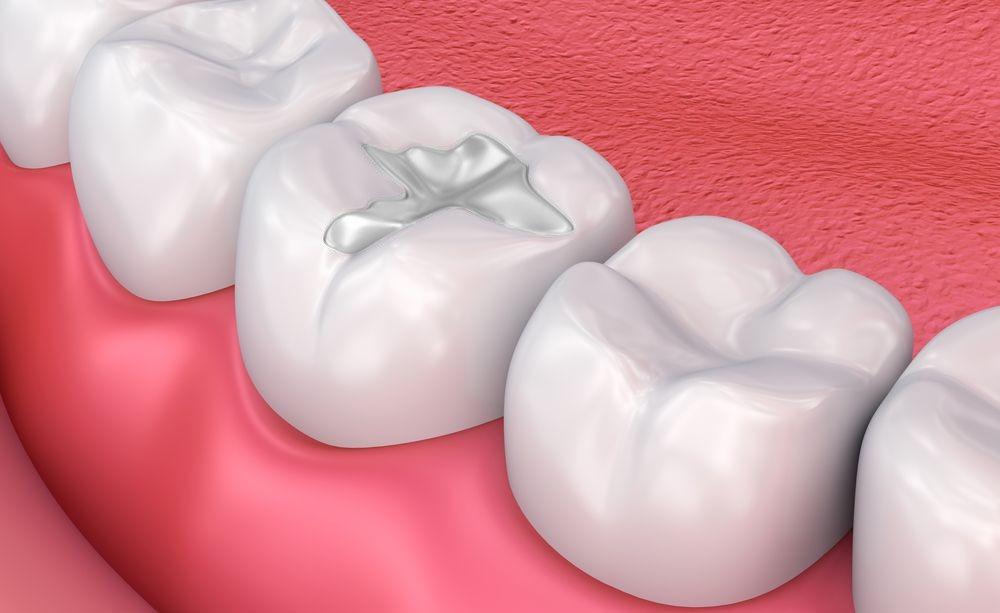
Dental fillings are restorative materials used to repair teeth that have been damaged by cavities, cracks, or minor fractures. They fill the empty space after decay is removed, restoring the tooth’s natural structure and function. Fillings can be made from various materials such as composite resin, amalgam, gold, or porcelain, each offering different aesthetic and durability benefits. The primary goal of a filling is to protect the remaining healthy part of the tooth and prevent bacteria from causing further decay.
Importance of Early Detection
Detecting cavities early is vital to maintaining good oral health. When tooth decay begins, it often causes minimal or no discomfort, making it easy to overlook. However, without treatment, the decay spreads deeper, affecting the dentin and pulp, which can lead to severe pain or infection. Early detection allows for simpler treatments, reduces the risk of complications, and helps preserve more of the natural tooth structure.
How Fillings Restore Tooth Structure and Prevent Decay
When a tooth develops a cavity, the decayed portion must be removed to stop bacteria from spreading deeper into the tooth. Once the damaged tissue is cleaned out, a filling material is used to seal the space left behind. This restoration rebuilds the tooth’s natural shape, allowing it to function normally during chewing and biting. By closing off gaps where bacteria can enter, fillings prevent further decay and strengthen the overall tooth structure. They also help distribute bite pressure evenly, reducing the risk of fractures or additional wear on surrounding teeth.
Furthermore, fillings act as a protective barrier. Without one, the exposed area could easily trap food particles and bacteria, leading to deeper decay or even infection in the tooth’s pulp. Regular dental checkups ensure that fillings remain intact and effective over time, helping to maintain long-term oral health.
Common Materials Used for Fillings
Dentists use a variety of materials for fillings depending on your tooth’s location, budget, and aesthetic preferences. Composite resin fillings are tooth-colored and blend naturally with your teeth, making them ideal for visible areas. They bond directly to the tooth structure, providing excellent support and appearance. Amalgam fillings, made of a mixture of metals like silver, mercury, and tin, are known for their durability and affordability often used in back teeth where strength matters more than appearance.
Other options include porcelain fillings, which are stain-resistant and visually appealing, and gold fillings, valued for their longevity and strength but typically more expensive. Each material offers unique benefits, and your dentist will help determine the best choice based on your dental condition and personal needs.
Tooth Sensitivity

Sensitivity to Hot, Cold, or Sweet Foods and Drinks
One of the earliest signs that you may need a dental filling is tooth sensitivity. You might notice a sharp or tingling sensation when consuming hot, cold, or sweet foods and beverages. This sensitivity can occur sporadically or persist for longer periods, affecting your comfort during meals and drinks.
How Decay Exposes Nerves
Tooth sensitivity often occurs because enamel, the protective outer layer of the tooth, has been eroded or damaged. When decay progresses through the enamel and reaches the underlying dentin, the tiny tubes in the dentin allow stimuli to reach the tooth’s nerve, causing discomfort. Even minor cavities can trigger noticeable sensitivity if left untreated.
Why Prolonged Sensitivity Signals a Cavity
If sensitivity continues over time or becomes more intense, it can indicate that a cavity is forming or already exists. Ignoring this symptom can allow the decay to penetrate deeper, leading to pain, infection, or more extensive dental procedures like root canals. A timely visit to the dentist can confirm whether a filling is necessary to restore the tooth and relieve sensitivity.
Visible Holes or Dark Spots
Small Holes, Pits, or Discoloration on the Tooth Surface
Another clear sign that you may need a dental filling is the presence of small holes, pits, or dark spots on your teeth. These may appear as tiny indentations or noticeable discoloration, often brown, black, or gray. They can form on the chewing surfaces, between teeth, or along the gumline.
How Visual Signs Indicate Enamel Breakdown or Early Decay
These visible changes usually indicate that the enamel has begun to break down, allowing decay to penetrate deeper into the tooth. The discoloration or holes are a result of bacterial activity eroding the tooth structure. While these early signs might not always cause pain, they signal that the tooth is compromised and requires attention.
Importance of Professional Diagn
Intermittent or Constant Tooth Pain
Experiencing a toothache or sharp, stabbing pain is a common indicator that a cavity may require a dental filling. The discomfort can be intermittent, occurring only when eating or drinking, or constant, affecting your daily activities and quality of life. Pain is often most noticeable when chewing or biting down, as pressure on the damaged tooth irritates sensitive areas.
How Cavities Irritate the Inner Tooth Structure
Tooth pain usually occurs when decay reaches the dentin, the layer beneath the enamel, or even the pulp, where the nerves and blood vessels are located. Bacteria from the cavity can inflame the pulp, causing sensitivity, throbbing pain, or even infection if left untreated. This irritation is the body’s way of signaling that the tooth’s inner structures are at risk.
Why Pain Should Not Be Ignored
Ignoring tooth pain can lead to serious consequences, including severe infection, abscess formation, or the need for more invasive treatments like root canals. Prompt dental evaluation ensures the decay is treated early, often with a filling, which restores the tooth and prevents further damage. Addressing pain quickly helps preserve the tooth and maintain overall oral health.
osis
It’s important to have any visible holes or dark spots evaluated by a dentist promptly. A professional assessment confirms whether a filling is needed and prevents the decay from progressing to more serious stages that could require extensive treatments like crowns or root canals. Early intervention preserves the tooth structure and helps maintain overall oral health.
Rough or Broken Tooth Surface
Feeling a Rough, Chipped, or Uneven Edge
You may notice a rough, chipped, or uneven surface on your tooth when running your tongue over it. This can occur gradually as enamel wears down or suddenly if a tooth is chipped or cracked. Even minor imperfections can catch food particles and plaque, increasing the risk of decay.
Indication of Enamel Wear or Fracture
A rough or broken surface often signals that the enamel has been compromised, either due to cavities, grinding, or accidental trauma. Once enamel is lost, the underlying dentin is exposed, making the tooth more vulnerable to sensitivity, decay, and further damage.
How Fillings Restore Smoothness and Protect the Tooth
Dental fillings can restore the tooth’s natural shape and smoothness, sealing cracks or holes and reinforcing the weakened area. By covering the damaged part of the tooth, fillings prevent bacteria from entering and reduce the risk of additional wear or fractures, preserving the tooth’s strength and function.
Food Getting Stuck Between Teeth
Gaps or Holes Created by Decay
If you notice that food frequently gets trapped between certain teeth, it may indicate the presence of a cavity or small hole caused by decay. These gaps are often hard to clean with regular brushing or flossing, allowing food particles to remain lodged in the affected area.
Increased Risk of Bacteria Buildup and Infection
When food gets stuck in these cavities, it provides a breeding ground for bacteria. This can lead to increased plaque buildup, gum inflammation, bad breath, and even infection if left untreated. Over time, the decay can spread deeper into the tooth, potentially causing pain or requiring more extensive dental work.
How Fillings Close Gaps and Maintain Oral Hygiene
Dental fillings seal these gaps or holes, preventing food and bacteria from accumulating in the damaged areas. By restoring the tooth’s natural structure, fillings make it easier to maintain proper oral hygiene and protect the tooth from further decay. This helps preserve overall oral health and reduces the risk of additional dental problems.
Fractured or Worn Fillings
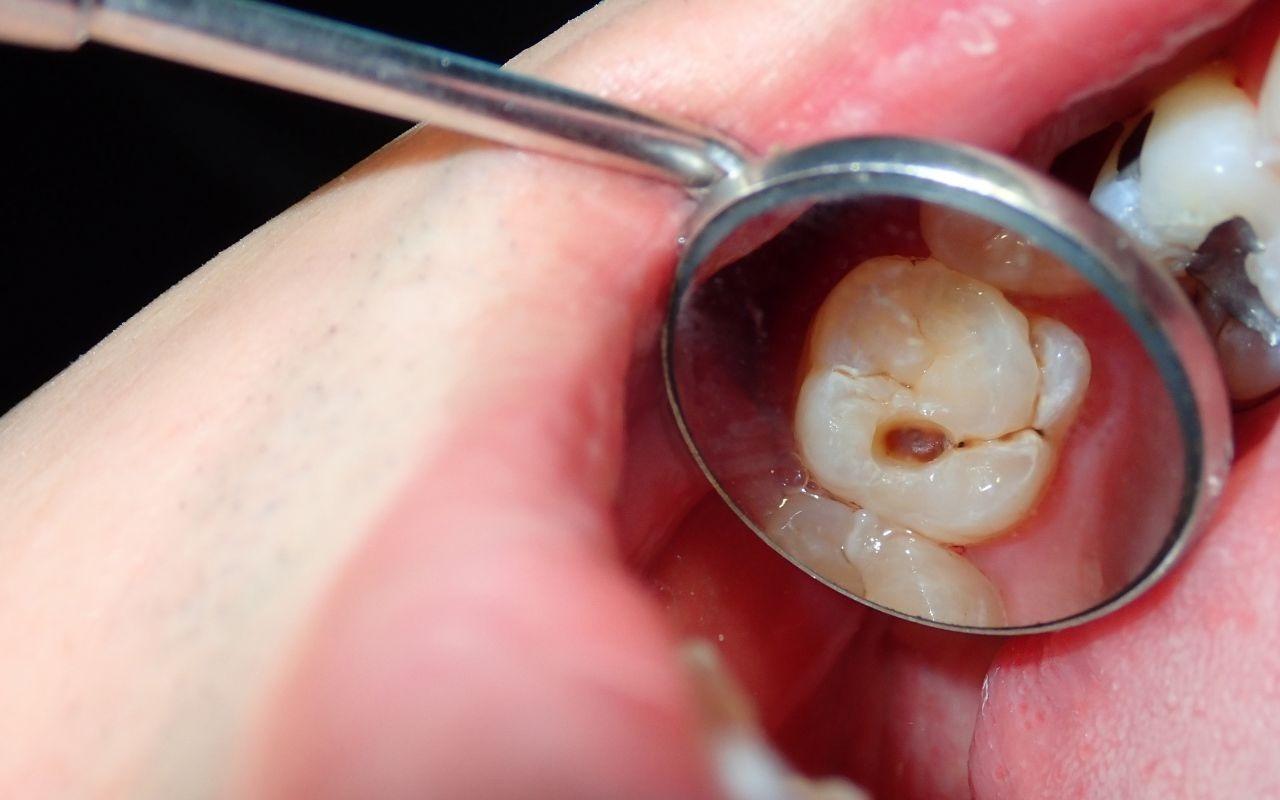
Older Fillings That Are Cracked, Loose, or Missing
Over time, even well-placed dental fillings can wear down, crack, or become loose due to normal chewing forces, teeth grinding, or accidental trauma. In some cases, a portion of the filling may fall out entirely, leaving the tooth partially exposed.
Risks of Reinfection or Decay Beneath Damaged Fillings
When a filling is fractured or missing, bacteria and food particles can enter the space beneath the filling, leading to new decay, infection, or even damage to the tooth’s pulp. This hidden decay often progresses unnoticed until it causes sensitivity or pain, making timely intervention critical.
Why Prompt Replacement Is Essential
Replacing worn or damaged fillings promptly helps protect the tooth from further decay and maintains its structural integrity. A new filling restores the tooth’s shape and strength, seals out bacteria, and prevents the need for more invasive treatments like crowns or root canals in the future. Regular dental checkups can identify failing fillings before they cause serious problems.
Bad Breath or Unpleasant Taste
Persistent Bad Breath or Metallic Taste
If you notice persistent bad breath or an unusual metallic or sour taste in your mouth, it may be a sign that tooth decay is present. These symptoms often occur even after brushing and flossing, indicating that bacteria are thriving in areas that are difficult to clean.
How Decayed or Damaged Areas Trap Bacteria
Cavities, cracks, or worn fillings create small pockets in the teeth where food particles and bacteria can accumulate. These trapped particles produce odor and can lead to gum irritation or infection, contributing to ongoing discomfort and an unpleasant taste.
How Fillings Eliminate Decay Sources
By removing the decayed material and sealing the tooth with a dental filling, your dentist eliminates the areas where bacteria can hide. This not only restores the tooth’s integrity but also helps eliminate bad breath and unpleasant taste, contributing to a healthier mouth and a more confident smile.
Why Early Treatment Matters
Preventing Decay from Spreading
Treating cavities promptly with a dental filling prevents decay from advancing into the deeper layers of the tooth, including the dentin and pulp. Once decay reaches these inner structures, it can cause severe pain, infection, and compromise the tooth’s overall integrity. Early treatment stops this progression, preserving as much natural tooth structure as possible.
Reducing the Risk of Complex Treatments
Addressing decay early reduces the likelihood of needing more invasive procedures such as root canals, crowns, or even tooth extraction. Filling a cavity at the right time is often a quick, minimally invasive solution that saves both time and cost while avoiding the discomfort associated with extensive dental work.
Maintaining Long-Term Oral Health
Early intervention also contributes to long-term oral health, preventing complications that can affect surrounding teeth and gums. By treating cavities promptly, you maintain strong, healthy teeth, reduce the risk of chronic dental problems, and enjoy greater comfort and confidence in your smile over the years.
Conclusion
Recognizing the warning signs that indicate a dental filling may be needed is essential for maintaining optimal oral health. Symptoms such as tooth sensitivity, visible holes or dark spots, sharp pain, rough or broken surfaces, food trapping, worn fillings, and persistent bad breath all signal that a tooth may be compromised and requires professional attention.
Routine dental checkups play a vital role in identifying these issues early, often before pain or noticeable damage occurs. Regular visits allow your dentist to detect cavities, recommend timely fillings, and prevent more complex procedures down the line.
If you notice any of these warning signs, don’t wait to schedule an appointment. Early intervention ensures that your teeth remain strong, functional, and healthy, helping you maintain a confident smile for years to come.

